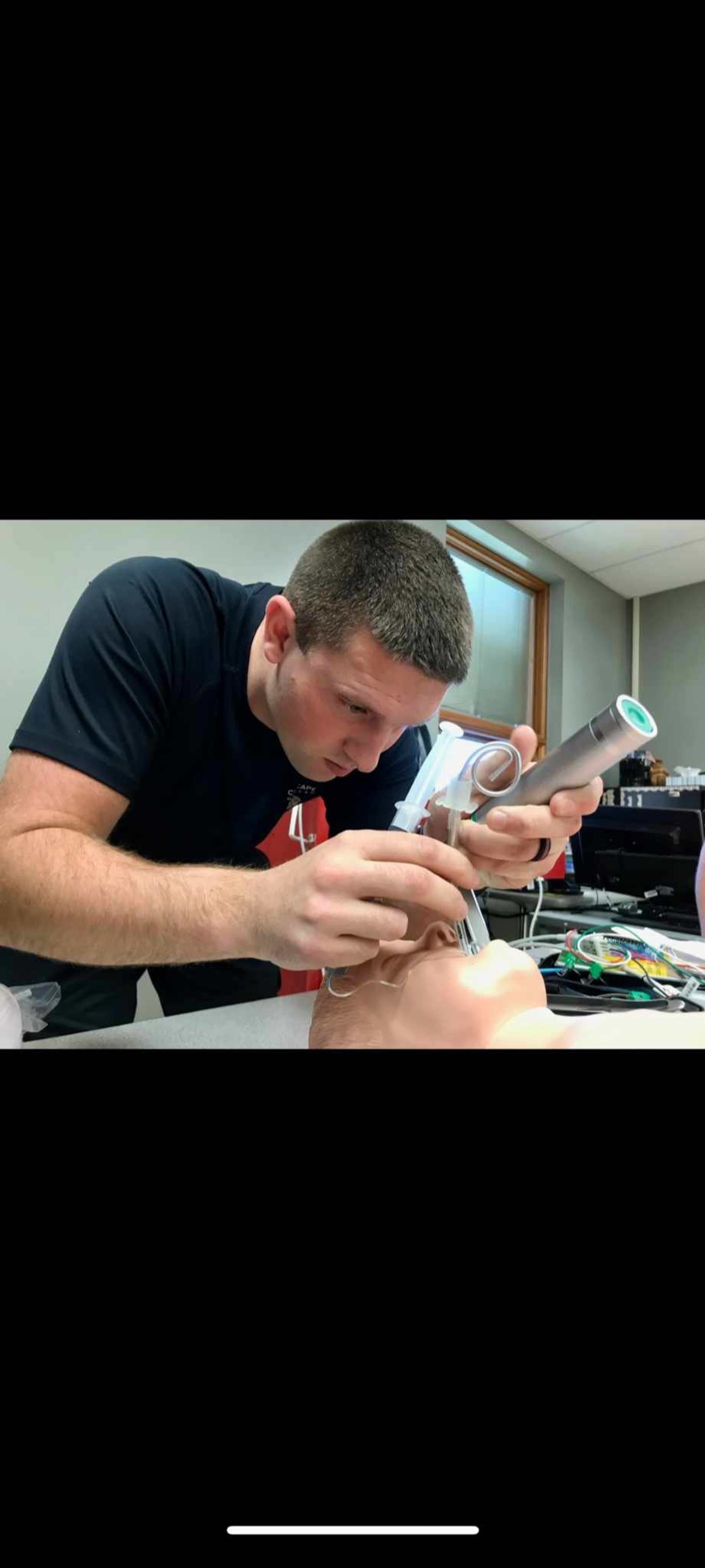Hooked on Science: Penny-powered calculator
Do you have a few extra pennies in your pocket? If so, you can use them and a few other materials from around the house to power a calculator. n Three pennies n Three zinc washers n Cardboard n Electrical tape n Vinegar n Two alligator clip test leads...
Do you have a few extra pennies in your pocket? If so, you can use them and a few other materials from around the house to power a calculator.
Materials
- Three pennies
- Three zinc washers
- Cardboard
- Electrical tape
- Vinegar
- Two alligator clip test leads
- Small calculator
Instructions
STEP 1: Using a penny, trace three small circles on the cardboard. Cut out the circles and then use the vinegar to wet the cardboard circles.
STEP 2: Stack the pennies, zinc washers and cardboard circles. Start with a zinc washer, then a cardboard circle, then a penny. Continue this pattern until all of the pennies, zinc washers and cardboard circles are used. Use the electrical tape to secure the pieces together.
STEP 3: Use the alligator clip test leads to connect the calculator to your homemade battery, turn on the calculator and observe.
Explanation
The zinc washer and copper penny are the electrodes, while the vinegar is the electrolyte. When the electrodes are connected by the electrolyte, a chemical reaction occurs, which causes the zinc washer to have a negative electric charge and the copper penny to have a positive electric charge. When the calculator is connected to your homemade battery, a closed circuit is created, the electric current flows in a path, powering the calculator.
Jason Lindsey is a science outreach educator with Hooked on Science. Check out his website hookedonscience.org for webcasts and experiments.
Connect with the Southeast Missourian Newsroom:
For corrections to this story or other insights for the editor, click here. To submit a letter to the editor, click here. To learn about the Southeast Missourian’s AI Policy, click here.









